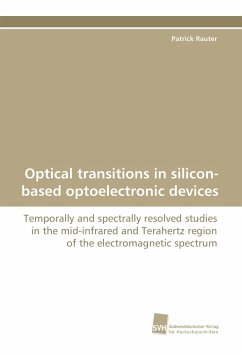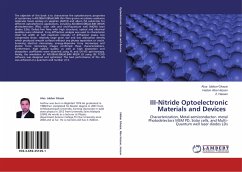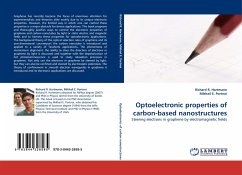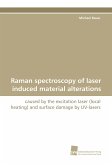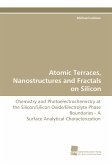This work presents experimental results on intersubband transitions in p-type SiGe heterostructures, where time-resolved photocurrent studies allow the determination of intersubband relaxation times of relevance for the development of a silicon-based quantum cascade laser. Inter-valence band relaxation by the emission of LO phonons leads to ultra-short lifetimes of the excited hole state around 500 fs for transition energies above the LO phonon energy, as determined in the course of this work by photocurrent pump-pump experiments employing a free-electron-laser. In contrast, for transition energies below the LO phonon energy, intersubband relaxation times are in the range of ten picoseconds. The concept of diagonal transitions poses a means of increasing these relaxation times. This work demonstrates a voltage-induced change between a spatially direct and a diagonal intersubband transition and a consequential bias tuning of the associated decay times by a factor of two. In addition, this thesis covers novel SiGe quantum well infrared photodetector concepts as well as an innovative approach for the fabrication of blocked-impurity band detectors operating in the terahertz regime.

